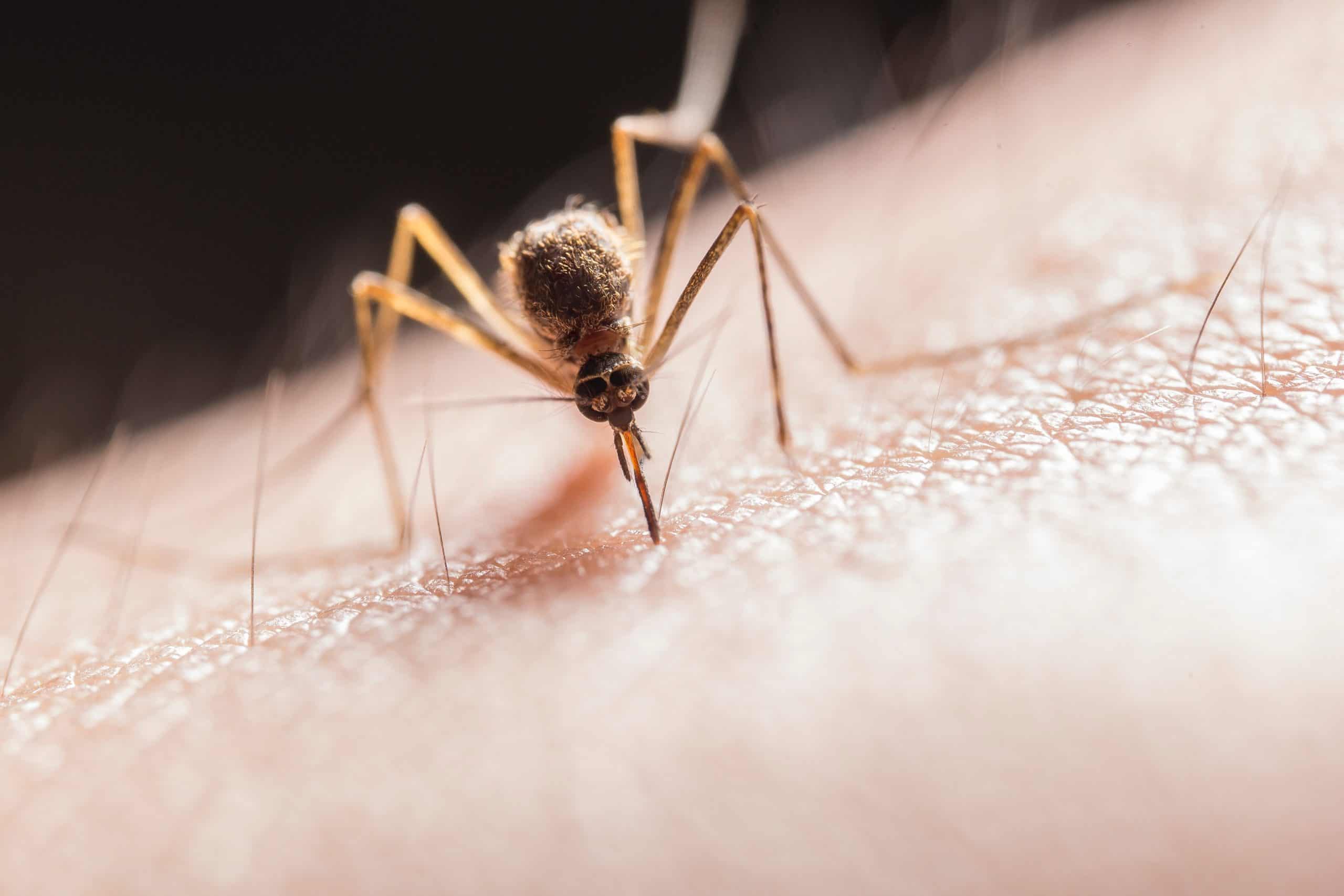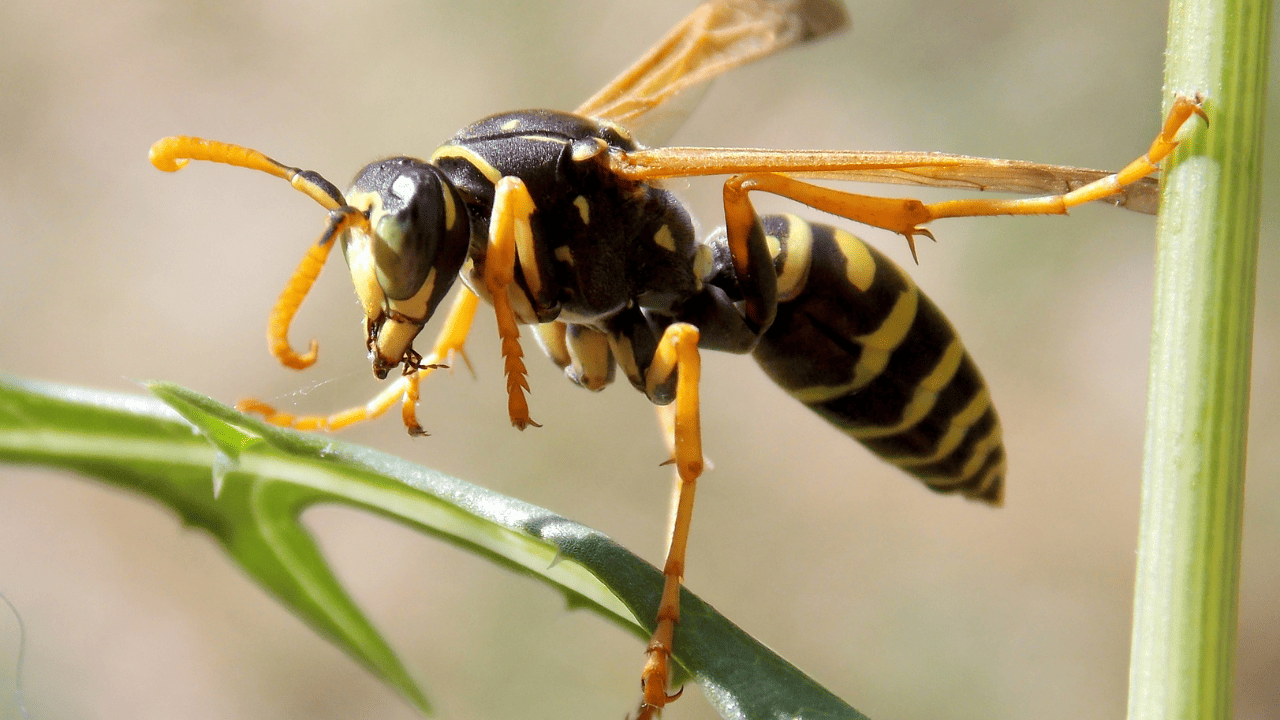9 pests to look out for in your backyard and home this summer in Ontario
Published July 23, 2023 at 4:33 pm

You can run, but can you really hide?
These creepy crawlies have had a favourable winter and could be coming to a city near you.
Orkin Canada, the country’s largest pest control provider, released a list of the “top pests expected to trend in Canada during the Summer Of 2023.”
According to its findings Orkin Canada says, the temperatures and precipitation are two leading factors that contribute to the reproduction and spread of these insects and rodents.
The report further mentions that flood risks can create “breeding grounds for pests, by flushing them out of their natural habitats into buildings, leaving openings for the critters to infest residential and commercial properties.”
Here are the top 9 pests —in no particular order, to look out for this year along with preventative tips as provided by Orkin Canada.
Ants

Moisture found in wood and other structures will attract several different species of ants including:
- carpenter ants
- acrobat ants
- pavement ants
- fire ants
- pharaoh ants
Risks: Contaminate food and beverages, damage lawns and gardens. Some may bite humans and cause allergic reactions.
What you should do: Along with wiping up crumbs and spills right away, it’s important to preform annual spring cleaning and inspect for water damage to areas like roofs, ceilings, basements and wood fences. Doing these checks will deter the pests.
Cockroaches

Cockroaches love moisture and sometimes during floods, they can get flushed out from underground sewer systems and into structures in urban areas.
Risks: Notorious for carrying diseases which can spread to humans through direct contact or from surfaces these pests have been on. Some germs cockroaches can spread include coliform, salmonella, staphylococcus, and streptococcus.
What you should do: Regularly clean-up grease and food build-up on, inside and behind kitchen appliances. Take out garbage frequently, and seal crevices and openings in walls and floors.
Subterranean Termites

Subterranean termites usually nest in soil and create tunnels to reach wood or structures buried in soil.
These termites thrive with water damage caused to eaves and downspout from rapid excess snows melts.
The pests like to infest buildings, utility poles, furniture, books, paper, and other wood related structures.
Risks: Repair costs might run a homeowner or a business from thousands of dollars up to millions.
What you should do: Try and keep shrubs and trees maintained and away from building structures. Avoid using too much mulch as it traps moisture. This creates the perfect environment for forging termites. Keep lumber and firewood off of the soil or ground and store it inside a dry area.
Mosquitoes

The oversaturation of soil and milder winter almost guarantees mosquitoes and eggs survival which by spring will grow into a steady but resilient army that will populate the outdoors in large numbers by the summer.
Risks: Reactions to the bites may result in secondary infections while some species could transfer diseases such as malaria, and west Nile virus.
What you should do: Get rid of all standing water such as containers and wear insect repellent.
Midges (Non-Biting)

Similarly to mosquitos, midges breed well around large bodies of water, soggy and oversaturated soil or puddles with stagnant water.
These pests don’t bite or spread diseases but they are a huge nuisance to have around.
Risks: These pests can contaminate food in large numbers by invading homes. Midges might stop individuals from engaging in leisurely activities by hovering around its victims’ face.
What you should do: Seal any openings on the exterior of your property. Avoid placing bright lights at the exterior of the house as midges are attracted to them.
Flies

Again, milder winters help pests including flies breed into larger numbers. Exposed decaying garbage, organic matter, and vegetation are an excellent combination that enables these flies to reproduce in great quantities.
Risks: These flies carry nearly 100 pathogens which can cause typhoid fever, cholera, bacillary dysentery, hepatitis, ophthalmia, polio, tuberculosis and infantile diarrhea to humans.
What should you do: Practice good waste/garbage management regularly, use receptacles with lids and avoid garbage reaching over capacity. Do not leave ripened fruits and vegetable on counters for a long time. Remember to keep front doors closed.
Wasps

The mild winter can point to an earlier spring and that will lead to vegetation sprouting early in the season. With nectar or plant juices available to wasps and other insects, this can support early population growth.
The abundance of these resources will help these pests survive throughout the summer and fall.
Risks: These pests are known to be dangerous, aggressive and extremely territorial— especially if they build a nest near your home. It’s best to steer clear and call a professional to remove the hive.
What you should do: Cover the trash with a tight fitted lid and seal all potential entry points to your home or business.
Ticks

Ticks do not hibernate and are able to feed on hosts for longer periods of time. These pests can also survive harsh weather conditions.
Risks: Ticks carry bacteria and viruses which can be harmful to humans. Some include: Rocky Mountain spotted fever, tularemia and Lyme disease.
What you should do: Mow and trim grass regularly. Keep an eye on pets and check them for ticks.
Rodents

Some mice and rats may look cute but when they invade your home during winter looking for shelter and gnaw through electrical wiring causing power outages or fires — forcing you to pay for expensive repairs, you’ll change your mind.
Risks: Rodents can carry and transmit a many diseases including the Hantavirus— which is a rare and fatal respiratory disease found in their saliva, urine, and feces.
What you should do: Keep food prep and handling areas in immaculate condition. Remove food sources such as pet feeds, bird feeders and bath that may be easily accessible. Get rid of clutters from your yard or around building that may attract and provide harbourage.
For more information or common questions on pests in Canada you can visit Orkin’s blog.
INsauga's Editorial Standards and Policies








